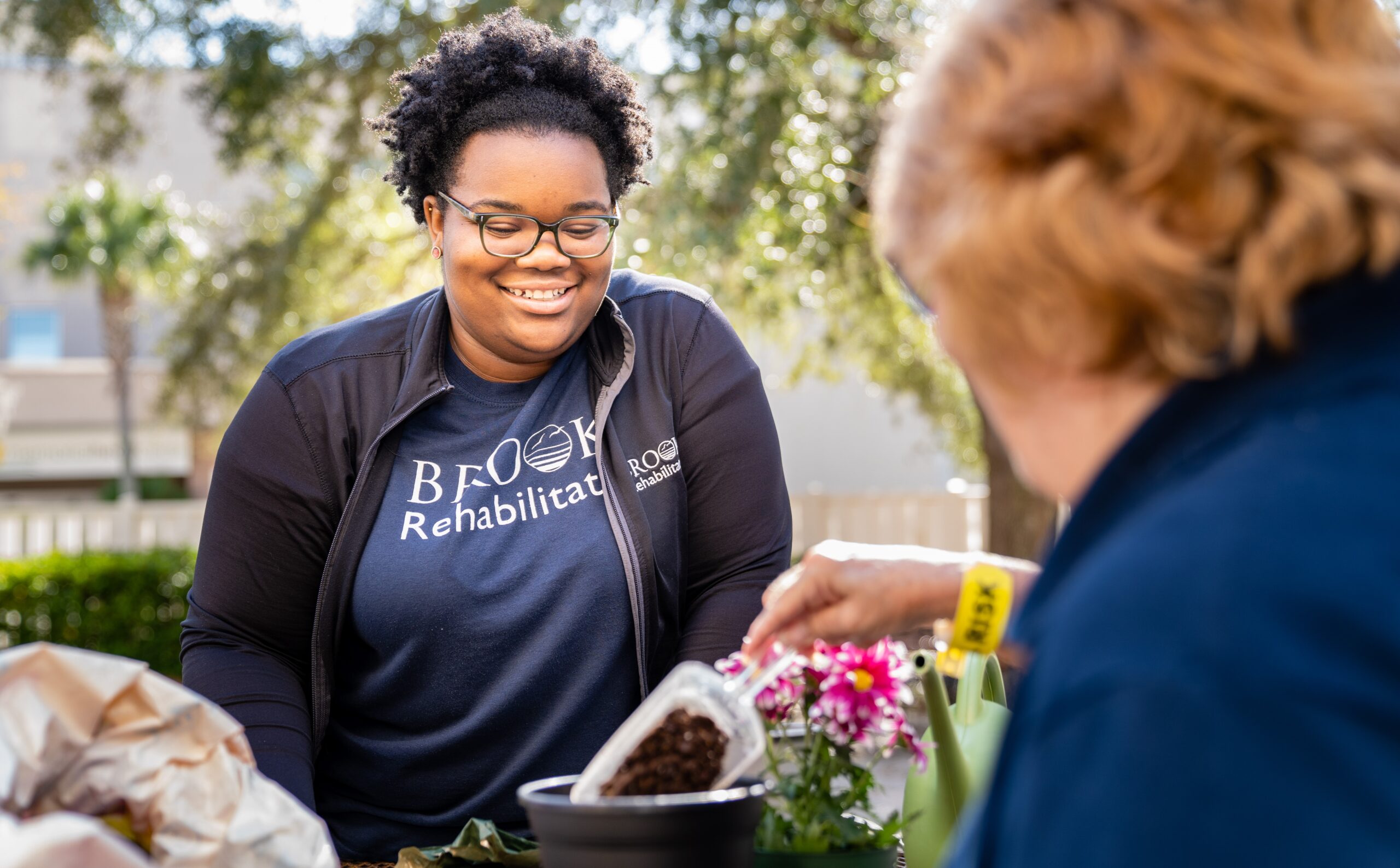Protecting your Skin from the Sun in the Sunshine State

Back to physical health resource hub
As we start venturing from our homes and back into the sunshine, be sure to include a classic safety feature in your bag – sunscreen. Sun protection is important to include in your daily routine, especially living in Florida. Skin cancer is the most common type of cancer in the United States, and over exposure to UV light is the most preventable cause of skin cancer. Damage from UV rays can build up over time, so a good sun protection routine is important to start at an early age and continue through life.
There are three types of skin cancer:
- Basal cell carcinomas
- Squamous cell carcinomas
- Melanoma
Anyone can get skin cancer, but some people have personal characteristics that place them at higher risk. Some of these high-risk characteristics include: older age, family or personal history of skin cancer, and having lighter hair, skin or eyes. Incorporating sun protection into your daily routine can decrease your risk. If you are out in the sun at peak hours, be sure to cover up with clothing that covers your arms and legs, as well as a broad-brimmed hat and UV-blocking sunglasses.
Try to seek shade between the hours of 10 a.m. and 4 p.m. If you do want to get some sun on your skin be sure to use a broad-spectrum (UVA-UVB) sunscreen with an SPF of 15 or higher. If you are going to be out in the sun for an extended period of time, remember to reapply sunscreen every two hours or sooner if you are sweating or swimming. Be sure to check the expiration date on your sunscreen, and if there is no date stamp then it will typically expire after three years. Items stored in direct sunlight or high temperatures, such as the trunk of a car, will expire sooner than those stored in a cool dark place.
Evaluating your skin regularly for new moles or changes in skin color can be crucial in identifying skin lesions in their early state. A sore that won’t heal can also be an indicator that you should make an appointment to see your physician. There is a handy mnemonic device for remembering early warning signs of melanoma.
Remember A-B-C-D-E:
- A is for asymmetrical. Is the mole or spot on your skin asymmetrical; is it different from one side to the other?
- B stands for borders. Are the borders of the mark jagged or irregular in shape?
- D is for diameter. Spots or moles that are larger than the size of a pea could be a cause for concern.
- E stands for evolution. Has the spot changed over time? Is it different today than it was a few weeks or months ago?
C is for color. Does the spot have an even color throughout or an uneven tone?
If you notice any of these changes on your skin, the CDC suggests you consult with a physician. Have fun, enjoy the sun and stay safe!
References:
- What Are the Risk Factors for Skin Cancer? (2020, April 9). Retrieved from https://www.cdc.gov/cancer/skin/basic_info/risk_factors.htm
- Skin Cancer Risk Factors. (n.d.). Retrieved from https://www.skincancer.org/risk-factors
- What Are the Symptoms of Skin Cancer? (2020, April 9). Retrieved from https://www.cdc.gov/cancer/skin/basic_info/symptoms.htm


